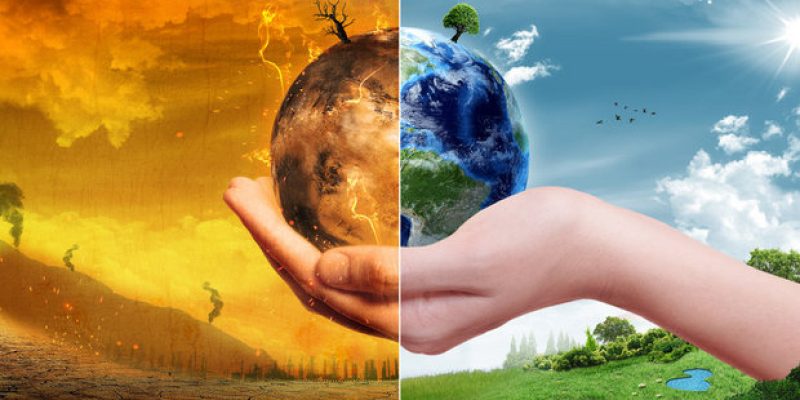New Records

Record Details
Publication date
Resource type
Language
Full Record
Creative Commons Attribution 4.0
https://wasatia.edu.ye/VIEW.16b385af-5a90-4b9e-9906-82d725219919
DOI
License Types
Author Bio
Key Words
Details (EN)
Contemporary Environmental Developments and the Science of Fiqh Al-taḥawwulat: Climate Change as a Model
2Ahmed Mohammad Al-Saqqaf1, Mazen Ebrahim Al-Masawa
1. Vice President of the University of Alwasatiat Alshareia for Postgraduate Studies, Scientific Research and Quality, 2. Head of the Department of Fiqh Al-taḥawwulat and Dawah at the University of Alwasatiat Alshareia
Journal of Abhath Alwasatiat Alshareia
Title
Author
Author's job
Publisher
Abstract
Details (in Arabic)
the address
The author
Author's job
publisher
Summary
Contemporary environmental developments and the science of transformation jurisprudence (climate change as a model)
Ahmed Mohammed Al-Saqqaf 1, Mazen Ibrahim Al-Masawi 2
1. Vice President of the University of Moderation for Postgraduate Studies, Scientific Research and Quality, 2. Head of the Department of Jurisprudence of Transformations and Dawah at the University of Moderation
Journal of Moderation Research in Islamic Law
Environmental developments and phenomena in general, and climate change in particular, have received increasing attention from scientists and researchers today due to their impact and risks on human life, and even the future of life on Earth! Studies indicate that the effects of climate change globally and regionally became apparent at the end of the twentieth century, and that their effects will increase before the middle of the current century. Perhaps the reality and what is witnessed today confirm the occurrence of the risks and effects of these environmental phenomena in many parts of the world. However, the study of these phenomena and developments and their relationship to the Islamic religion from the perspective of the science of transformation jurisprudence and its components has not yet received adequate scientific study. Therefore, this study aims to highlight the relationship between contemporary environmental developments and phenomena, through the phenomenon of climate change and the science of transformation jurisprudence, based on the hadith of the Prophet, "The Hour will not come until the land of Arabia returns to being meadows..." The hadith. Using a descriptive and analytical methodology, the study demonstrated the importance of linking these prophetic predictions, as reflected in the aforementioned hadith, and environmental phenomena and developments through the problem of climate change. The study reached a number of conclusions and recommendations, including: Climate change and its manifestations have become a scientific reality, with its indicators and effects beginning to appear at the global, regional and local levels in various parts of the world. Specialized scientific studies have confirmed that the Arab lands were once meadows and could return, according to climate change indicators and their effects in the Arab region, as confirmed by data issued by the Intergovernmental Panel on Climate Change (IPCC) and the World Meteorological Organization (WMO). These studies also confirmed that these effects (rain and floods) could be more widespread and pronounced than current assumptions indicate, and worse than expected! The study reached a number of recommendations, the most important of which is urging researchers to link knowledge and faith to restore the bond between them, in a way that serves to consolidate Islamic values and faith in their legitimacy and moderation. Studies should also be conducted to link the science of the jurisprudence of transformations, as an emerging science, with the new developments and changes facing human life, resulting in more environmental problems that threaten life on Earth.
Scientific Sources Documentation Tool
Enter the DOI to get the documentation in its exact format for different methods.
Fetching data and formatting documentation...
An error occurred.
